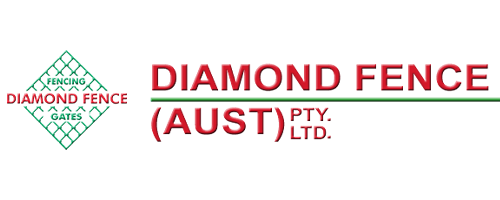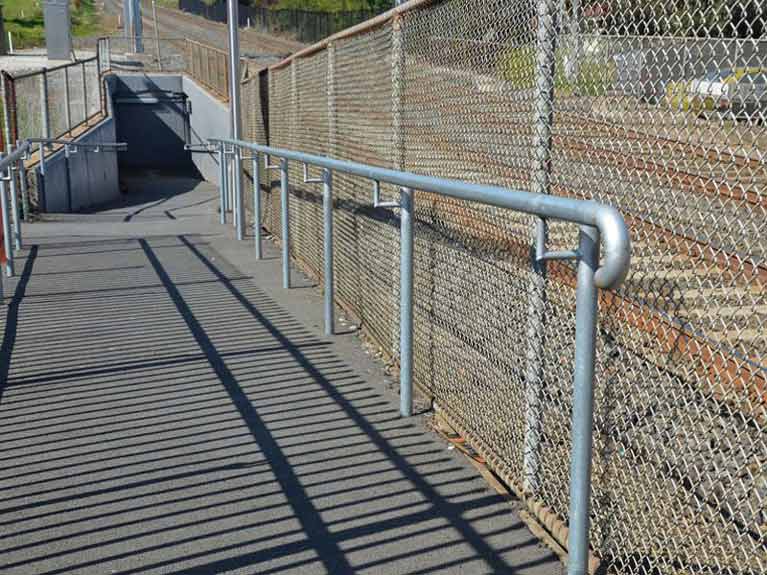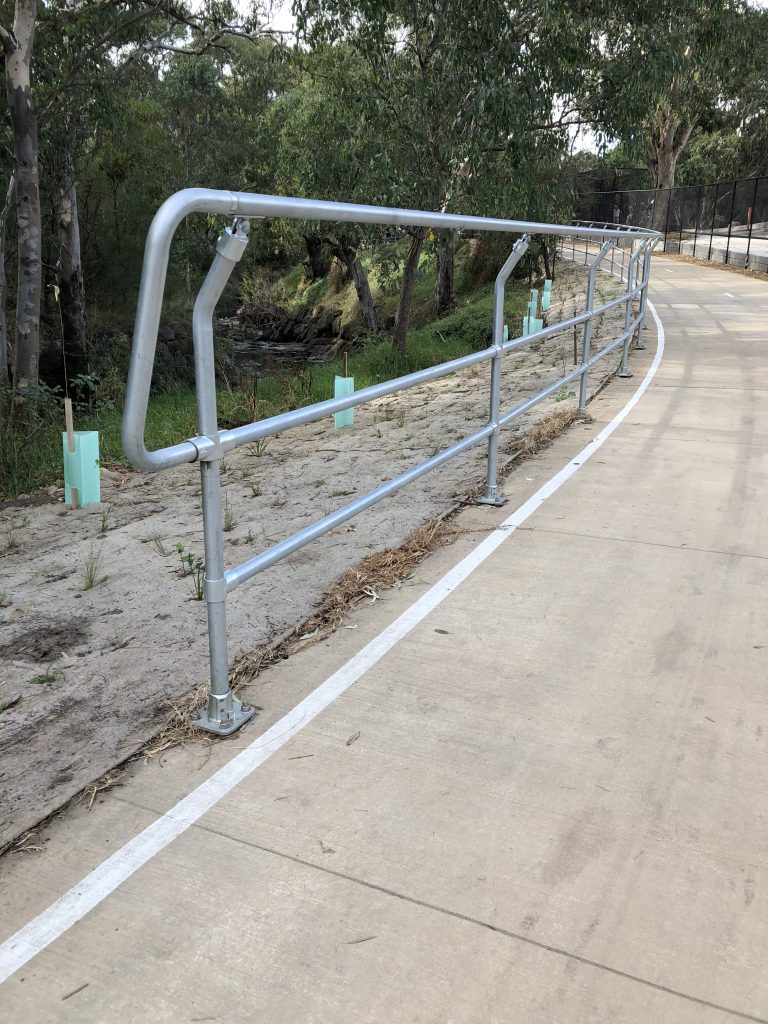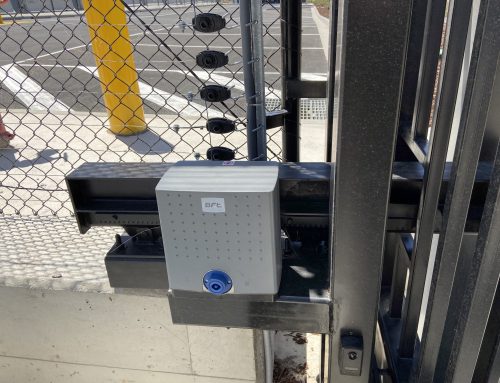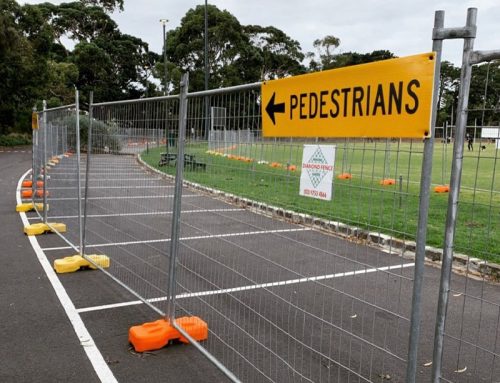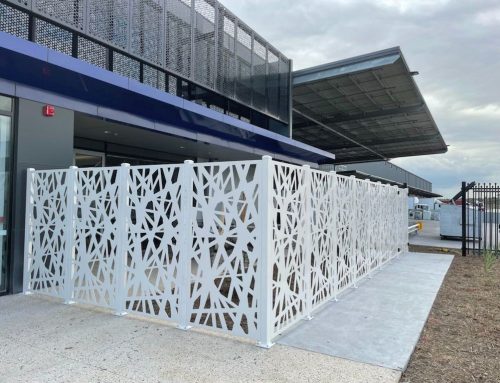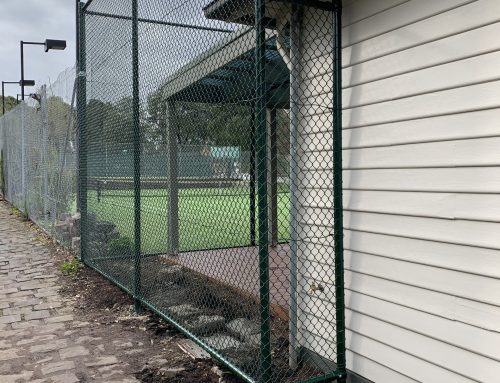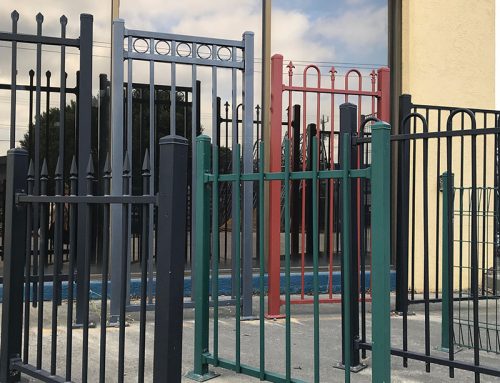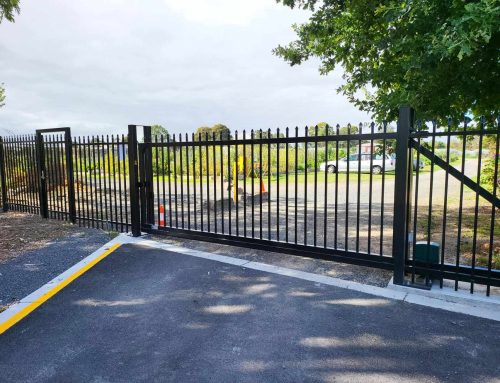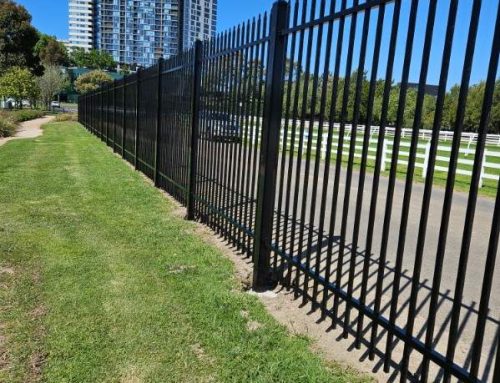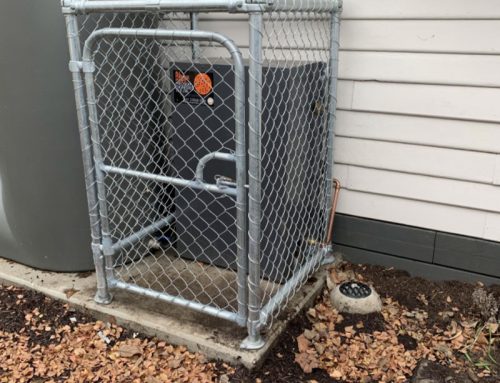Steel safety barriers, crafted from steel materials, are sturdy structures that serve as guardians in diverse environments, from bustling metropolitan streets to high-risk industrial facilities, offering strong protection against potential threats and hazards.
In this blog post, we will look into steel safety barriers, unravelling their significance when it comes to the safety of Melburnians. Whether outlining traffic lanes, protecting pedestrians or safeguarding critical infrastructure, steel safety barriers enhance safety and mitigate risks across various applications.
Benefits of Steel Safety Barriers
Steel safety barriers offer many benefits across various applications, making them essential for improving safety and security in various environments.
Firstly, steel safety barriers are known for their strong construction, providing exceptional strength and durability. Made from high-quality steel materials, they withstand impacts, weathering and wear over time, ensuring long-lasting protection.
These barriers are also designed to absorb and divert energy upon impact, helping to mitigate the severity of collisions and accidents. They outline traffic lanes and protect pedestrians and secure perimeters by controlling access.
Furthermore, with a variety of design options available, steel safety barriers can be tailored to meet exact project needs and aesthetic preferences. Moreover, with their corrosion-resistant properties and durable powder coatings, these barriers remain in good condition with regular inspections and occasional cleaning for many years to come.
Types and Applications of Steel Safety Barriers
Steel safety barriers are crucial components in many industries and locations to ensure the safety of people, vehicles and infrastructure.
Safety barriers can be used as guardrails along roadways, highways, bridges and ramps. They help to stop vehicles from veering off the road or colliding with obstacles. Furthermore, they are also used in industrial facilities, warehouses and parking facilities to protect equipment, machinery and pedestrians from accidental hits.
Safety barriers are also used as crash barriers, also known as highway safety barriers. They are specifically designed to absorb and redirect the energy of a vehicle during a collision.
Safety barriers can additionally be used as pedestrian guardrails in urban areas, public spaces and pedestrian walkways to create a safe separation between foot traffic and vehicular traffic.
Some other applications of steel safety barriers:
- Bollards
- Safety Fencing
- Railing Systems
- Barrier Gates
These are just a few examples of the types and applications of steel safety barriers. Depending on specific safety requirements and regulatory requirements, different barrier systems and configurations may be used to ensure optimal security and safety in environments.
Design and Customisation of Safety Barriers
The design and customisation of safety barriers are essential to meet specific safety requirements, aesthetic preferences and environmental conditions.
Here are some aspects involved in the design and customisation process:
- Safety Standards Compliance
- Site Assessment (roadway geometry, sight lines, soil conditions, drainage requirements and accessibility for maintenance and repair)
- Barrier Type and Configuration (height, length, shape and spacing of barriers)
- Material Selection (steel, aluminium, concrete and composite materials may also be used)
- Customisation Options (powder coating for colour customisation and corrosion protection, reflective elements for enhanced visibility at night, decorative elements for architectural integration, and signage integration for informational or branding purposes).
Maintenance
To maintain safety barriers, implement a schedule for regular inspections of safety barriers to identify any signs of damage, wear or deterioration. Inspections should be conducted by trained personnel and include visual assessments and checks for proper alignment and stability.
If any repair or replacement is needed, promptly repair or replace damaged or deteriorated components of safety barriers to maintain their structural integrity and performance.
Regularly clean safety barriers to remove dirt, debris, vegetation and other obstructions that may accumulate on or around the barriers. For corrosion protection, apply corrosion-resistant coatings or treatments to steel or metal barriers to protect against rust and deterioration caused by exposure to environmental factors such as moisture, salt, chemicals and pollution.
Additionally, implement vegetation management practices to prevent the growth of vegetation that may interfere with the visibility, stability or functionality of safety barriers.
Interested in the steel safety barrier solutions in Melbourne? Ask Diamond Fence!
If you are interested in exploring the steel fencing options provided by Diamond Fence in Melbourne and Greater Victoria, we encourage you to reach out to us today!
You can contact us by either sending an email to info@diamondfence.com.au or by placing a phone call to our dedicated line at (03) 9753 4566.
For your convenience, we have also an online enquiry form that offers an efficient means of communicating with us. This form allows you to submit any inquiries or concerns you may have.
We eagerly await the opportunity to assist you further and provide the necessary details regarding your steel fencing enquiry.
